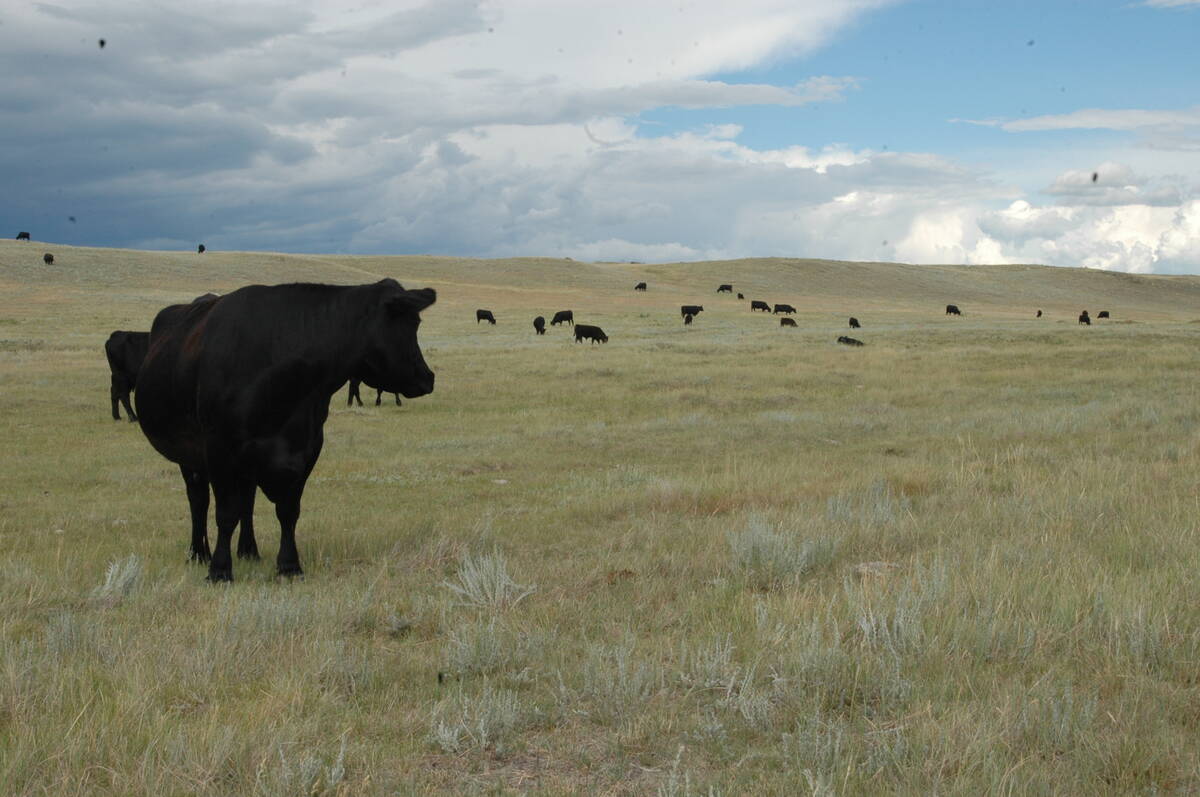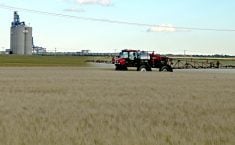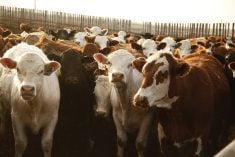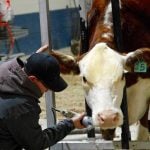REGINA — The owners of the farm at the centre of Canada’s most recent bovine tuberculosis outbreak said the Canadian Food Inspection Agency can’t manage its own protocols and requires a new process for such situations.
Erin Sawley, who operates East Point Cattle Co. near Melville, Sask., with her husband, Shane, said they followed proper procedures after a positive case was discovered, but she understands why others might not want to.
She told the House of Commons agriculture committee earlier this month that Canada’s disease control system relies on producers to do the right thing to ensure food safety and maintain market confidence, but producers are left on their own “facing rigid procedures, limited opportunities for discretion from CFIA staff and an entirely insufficient level of communication.”
Read Also

Trump cuts off trade talks with Canada
UPDATED: October 24, 2025 – 0910 CST – Adds comments from Prime Minister Mark Carney. Reuters — U.S. President Donald…
“In our experience, the CFIA is not equipped to manage its own protocols effectively and its policies lack the flexibility needed to respond to real world challenges,” she said.
Their herd of more than 2,000 head was destroyed after the February 2025 order, yet they still don’t know what compensation they will receive. The strain of bovine TB had never before been detected and its source remains unknown.
In June, federal agriculture minister Heath MacDonald announced the maximum value per animal would go up, from $10,000 per registered head to $16,500 and from $4,500 to $10,000 for commercial animals. However, Sawley said market prices continue to rise and those values may soon be out of date.
She suggested CFIA use a model with more flexibility rather than set prices.
“We’re 304 days in and we have no idea what our compensation is going to look like,” Sawley said in response to a question.
However, she also said there should be some consideration for how depopulation unfolds. Their animals were ordered destroyed Feb. 18 but didn’t leave the premises until March 18.
“We were expected to feed and care for 2,075 head for 40 days, all at our own expense,” she said.
In Alberta, Diane and Cody Sawley’s Anchor P Cattle Co. was identified as a trace-out premises from the Saskatchewan ranch for cattle purchased in late 2021.
Diane Sawley said they were ordered to test 550 commercial cows that were from 40 to 130 kilometres from their home ranch on pastures of several thousand acres and in five different herds.
Initially, CFIA agreed to test the herd in fall when they would all be brought together, but then in July they were put under quarantine and had to begin immediate testing. She said it took about 800 man hours to gather the cattle, as well as the loss of range, breeding disruption, abortions during testing, missed marketing opportunities and other costs.
“Policy and procedure over this time was inconsistent,” Diane Sawley said during her committee testimony.
“Eleven cows were depopulated from our herd. CFIA will compensate us for this loss, but this will be the only compensation we will receive.”
She also said they have to prove the value of the cows they lost.
“While I recognize the necessity of maintaining a disease-free cattle industry for international trade, i believe it is inequitable for individual producers to bear the full burden of these requirements,” she said.
Conservative MP and agriculture critic John Barlow said the Liberal government has said CFIA should adjust its mandate to include food security and economic impact when making decisions. He asked whether the affected producers were concerned that CFIA isn’t willing to change.
“They don’t really seem to care,” said Dianne Sawley, who also said the CFIA didn’t have any idea how onerous it was to gather cattle, test and hold to re-test and then return them. She described CFIA staff as “clueless” about that process.
Erin Sawley said after decades of building genetics, CFIA wants to put values on individual animals without taking into consideration the selection that went into the herd.
“They think that we should just be able to go out and buy new ones,” she said.
As well, she said the decision to outsource the valuation process was probably a good one, likely due to a lack of resources and few people within the CFIA who have cattle knowledge. However, she said they still continue to debate the actual number of cattle involved. She also questions how quality of an animal can be determined when it’s long gone.
Sawley added some decisions were made on the fly and questions to case officers went unanswered for a week because of the procedures within CFIA.
Bloc Quebecois MP Yves Perron said he found the entire situation “surreal.”
Sawley also said a more streamlined process would ease the mental health toll.
“At no step in the process have we been rewarded with any benefits for our wholesale compliance,” she said.
“It’s been very difficult to watch the situation unfold in high profile cases in other parts of the country and wonder if we should have behaved differently. We want to do the right thing, but when noncompliance offers a similar or even better outcome to this process, then the process is destined to fail.”
Owners of an ostrich farm in British Columbia have fought the CFIA order to destroy their flock after an avian flu outbreak and took the matter to court.
Sawley said the federal government leans heavily on producers to “take one for the team” and risk their livelihoods without any reassurance of support. She recommended CFIA change its entire framework to one that ensures producers who follow protocol are able to return to production as soon as possible.
















